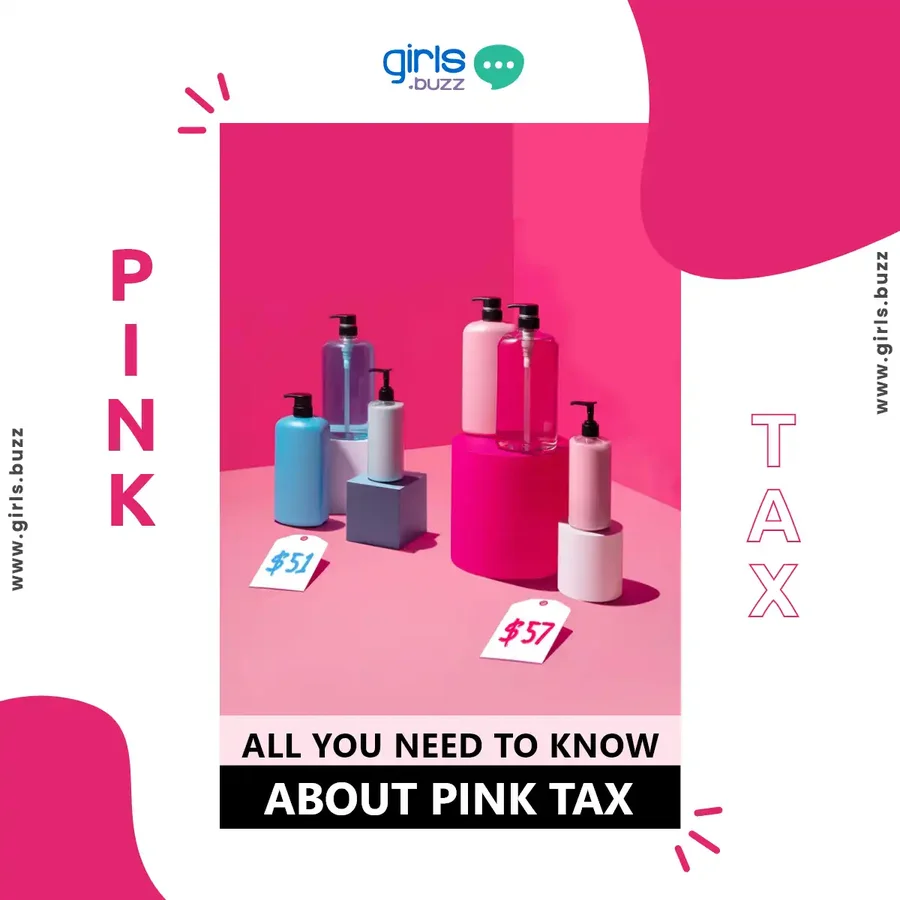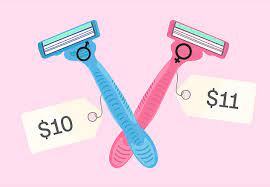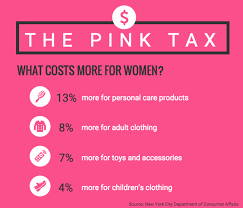All you need to know about Pink Tax!
3 minuteRead

By- Samyati Mohanty
Have you ever come across contrasting prices of goods for men and women? You may have pondered why women's t-shirts, perfumes, and razors cost more than men's do if you have. Women are simply charged more than males because they are women, after all.
You read that accurately; that is true. However, because most of us have accepted it as the norm and choose to ignore it, this simply does not exist to us. But today is the day to address the issue at hand and gain as much knowledge as you can on the Pink Tax that women have been subjected to.
Pink Tax: What Is It?
A pink tax is a type of gender-based pricing discrimination that refers to an intrinsic cost that women incur when purchasing goods manufactured and promoted exclusively for women as compared to male-made and marketed goods, which are typically less expensive.
This implies that women are charged more than men for the same or equivalent things. For instance, a men's disposable blue or black colour razor costs about Rs. 20, whereas a women's disposable pink colour razor costs about Rs. Salon services fall under this as well. Men typically pay roughly Rs. 150 for a haircut, however women may pay up to Rs. 600 or even more. Simply put, items that are offered largely to women and are advertised primarily in pink are more expensive.
Pic source- grazia
Products for women are Rs. 7 more expensive than those for males. In a research undertaken by the New York City Department of Consumer Affairs, approximately 800 items in 35 product categories were examined, and it was discovered that in 30 of those categories, goods for female consumers were more expensive than goods for men.
In general, women's goods cost 7% more than comparable goods for males. 56 percent of the time, women pay more than men do for equivalent personal care items. The first world is not the only place this trend exists. India's pink tax is imposed on a range of goods and services that are intended exclusively for women.
Why Is the "Pink Tax" Pink?
source- shequalityblog
Because many higher-priced women's products are pink, the tax applied exclusively to women's purchases is known as the "Pink Tax." Pink is seen as a delicate colour, giving products a delicate appearance that helps businesses draw in more customers. Additionally, Pink Tax is a socioeconomic tax rather than a physical one.
Effect Of Pink Tax On Society
This has huge financial ramifications for women who are already fighting the wage gap. Women work more hours and earn less money, according to the International Labour Organization (ILO). In other words, it takes advantage of the fact that women are more inclined to spend more for goods they actually need and uses this disadvantage to increase sales.
Women are not paid enough for their labour on the one hand, and are also charged more for comparable goods than men. That is unfair!
What is doable?
When everyone works together to combat this issue, it might be resolved. More and more people need to be informed about it. Expose these activities on social media wherever you find them. It has a significant effect.
How Can Pink Tax Be Avoided?
- Shop with knowledge. If you believe a less expensive blue version of the product may accomplish the same goal, there is no need to purchase pink things.
- Because of their glitzy packaging and alluring scents, shampoos, conditioners, and creams targeted toward women are more expensive. Consider whether you actually require certain scents or whether a standard, less expensive shampoo will suffice.
- Make a goal for the next time you go shopping. In this way, despite your temptations, you won't end up spending more money on pointless things.
- Increase public awareness of the Pink Tax.
These are some clever strategies that could assist you in avoiding paying an additional pink tax. The Pink Tax, which interferes with women's life and is an issue, needs to be explored more as the world gradually becomes a fairer place.
What do you think of the Pink Tax? Please comment and let us know your ideas and experiences.
Write, Record and Answer! Consume Unlimited Content! All you need to do is sign in and its absolutely free!
Continue with one click!!By signing up, you agree to our Terms and Conditions and Privacy Policy.














